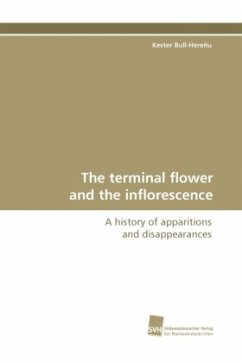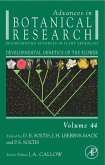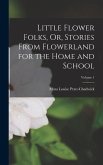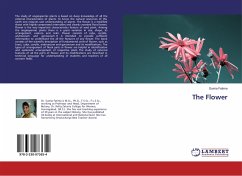This book presents a comparative developmental study of inflorescences focussing on the production of the terminal flower in 20 species of five Eudicot families: Berberidaceae, Papaveraceae-Fumarioideae, Rosaceae, Campanulaceae and Apiaceae. Through the book, evidence is presented on the morphological requisites of the inflorescence meristems for the terminal flower to be produced. By the other side, the reduced meristematic dimensions of inflorescences without terminal flowers, i.e. "open" inflorescences, is shown, indicating their unsuitability for producing the terminal flower. Here follows the idea that in "open I" inflorescences, the histological composition and molecular activity at the tip of the inflorescence meristem impedes any terminal flower differentiation, while, in open II' inflorescences, spatial constraints offer a suitable explanation for the lack of the terminal flower. The existence of two distinct kinds of ontogenies of open inflorescences suggests two ways in which the loss - or re-invention - of the terminal flower could have occurred in the course of evolution.







